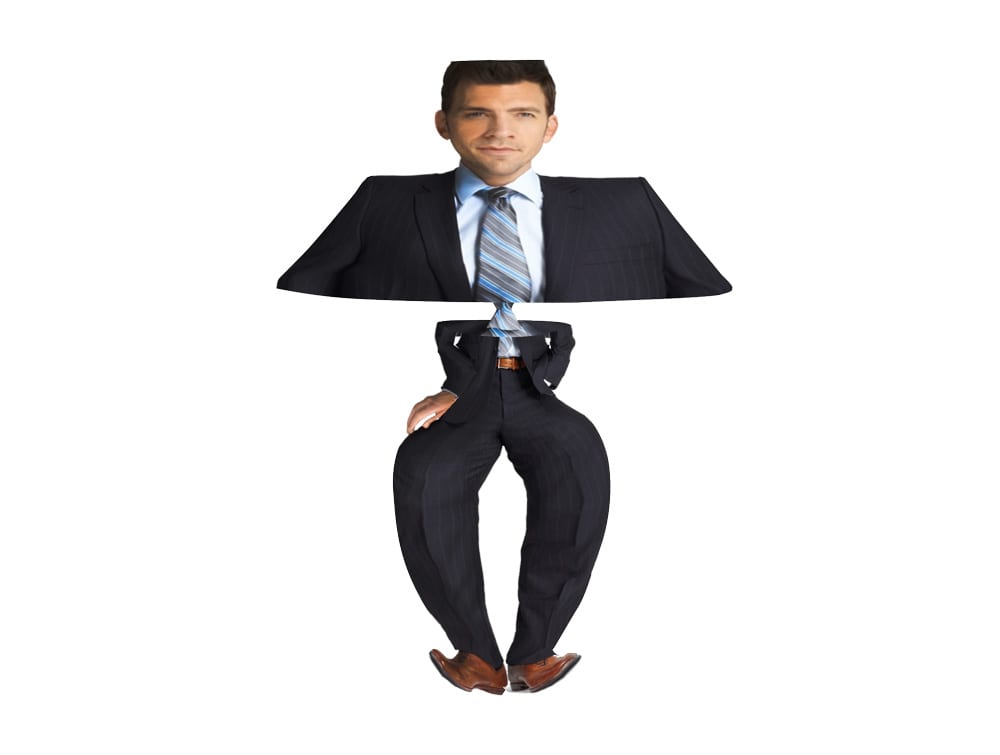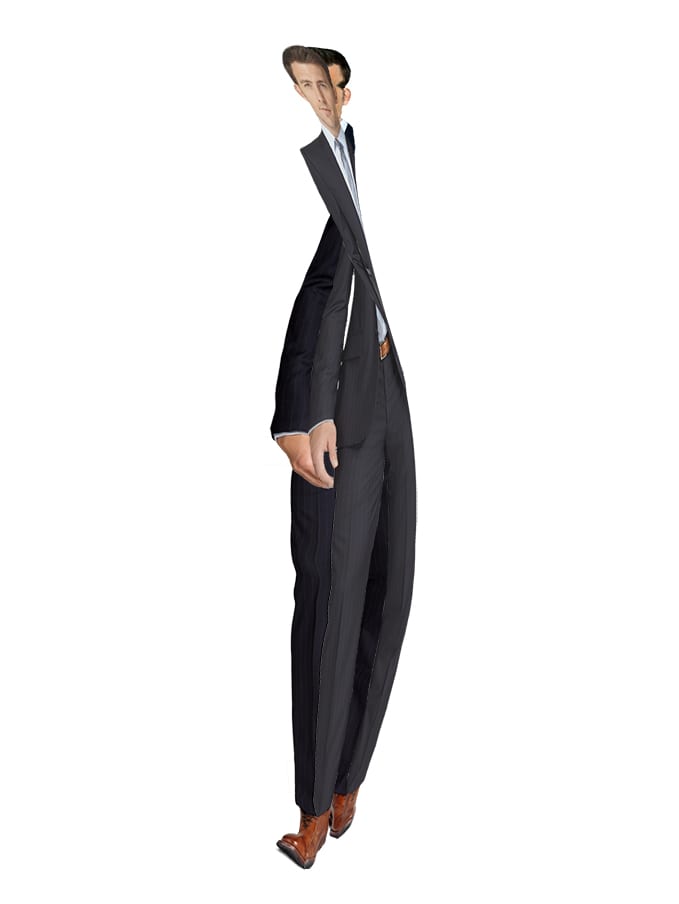
Reflections on ‘Magic Birth’ Realist Magic: Objects, Ontology, Causality
‘I experience the profound givenness of beginning as an anamorphosis, a distortion of my cognitive, psychic and philosophical space. The birth of an object is the deforming of the objects around it. An object appears like a crack in the real.’ (Morton, 2013, 124)
In this chapter, Morton discusses the idea of the beginning of objects and asks the question ‘how do objects begin?’ (Morton, 2013, 124). Morton discusses the notion of aperture, which is the feeling of beginning and this beginning is filled with uncertainty where every detail is weird with potential significance. In this beginning state the birth of objects affects and distorts the surrounding space and all other objects that occupy that space, an example of a glass breaking into fragments is used here to highlight that each of those glass fragments are now new objects. In the birth of these new objects they affect the environment to which they have been born, glass fragments fill the space and interact with other objects most notably the possibility of physically cutting you if you were there. Following on from this Morton also states ‘a new thing is a distortion of other things’ (Morton, 2013, 125), if a new object is the distortion of other objects then if a human body is distorted does this create a new object? If so, then this new object will change all other objects that went before it by changing the understanding and perception of that object. In this sense the new object created from a human would therefore change the understanding and perception of all other humans that went before it, ‘just one entity, the real other, the stranger, undermines the coherence of my so-called world’ (Morton, 2013, 127).
The chapter also discusses an interesting concept from philosopher Emmanuel Levinas, “there is”. This is the idea we are always being surrounded by sheer existence and if we begin by stating “there is”, by stating a specific object, this breaks through and shatters what is understood of the universe. ‘It’s so specific, it has no name (yet); it’s totally unique, it’s a kind of Messiah that breaks through the “homogenous empty time” of sheer repetition that constitutes everyday reality. The breakthrough of the plus-one shatters the coherence of the universe’ (Morton, 2013, 127).
‘Sublimity is the echo of a noble mind’ (Morton, 2013, 131).
In order to describe the aesthetics of beginning, we can use the sublime. Morton describes Emmanuel Kant’s version of the sublime in that it is an inner freedom based on some temporary cognitive failure, could this be the cognitive failure of the human in my question? This failure can then release an inner freedom in you that is open to the other. However, Kant’s sublime does not go far enough to explain co-existence between us and objects, or even objects and objects, Morton therefore proposes an ‘object-oriented sublime’ (Morton, 2013, 131). In this object-oriented sublime relating to the physical intrusion of an alien presence and asks the question of how to achieve sublimity, rather than looking at the sublime as a human experience. Sublimity here is linked to the mind, but not the mind in the way we understand it; mind is a solid substance that can ricochet of wall and extend to the sensuality of objects. The example given to explain this is that of a pen, a pen is not alive but everything meaningful about our minds resting on the pen can be said of the pen resting on the desk. Therefore a mind may simply be an interobjective phenomenon, whereby interactions occur between neurons and other objects i.e. desks, cats, hormones, other humans, cognition is simply the assemblage of unit operations that function. In this sense, the mind can be translated to any object and is not a reserved status only for the human. If an object has a mind, how much further does it need to go to be considered human? Any notion of AI and consciousness therefore becomes irrelevant.
Morton breaks down a set of basic properties for objects as developed from Longinus and Harman’s interpretation of Heidegger, this is very interesting once Morton than explains it:
- Earth. Objects as secret “something at all,” apart from access.
Prior to all relations [eminence].
Hides objects – objects are inaccessible prior to its relations to other objects, we cannot perceive the object as itself.
Realm of the uncanny – the uncanny here relates to the idea that we realise something is already there but it is hidden from us.
- Clarity: Gods. Objects as specific, apart from access.
Vividness that interrupts the flow of narrative and jumps out.
This however misses the secretive object, but in that act generates its own object in the process.
Details how objects move and have agency.
- Transport: Mortals. Objects as something-at-all for another object.
This beams the alien object into another’s frame of reference.
Its machinery is amplification, not in the physical sense but in feeling that needs to be attuned to.
- Phantasia: Heaven. Objects as specific appearance to another object.
Visualisation – producing an inner object.
Makes absent things appear to be present.
Generates an object like entity that separates us from the narrative flow and puts us in touch with the alien as alien.
It is the capacity of an object to imagine another, i.e. how paper looks to stone.
It describes how one object impinges on another – do objects dream? Do they contain virtual versions of other objects inside them?
Here 1 and 2 are the actuality of object – object encounters and 3 and 4 are the appearance of these encounters. These properties will be useful to keep in mind in the process of creation/actual objects as part of my experiments to answer the question, ‘can humans exists as other objects/ can other objects exist as humans?’.













